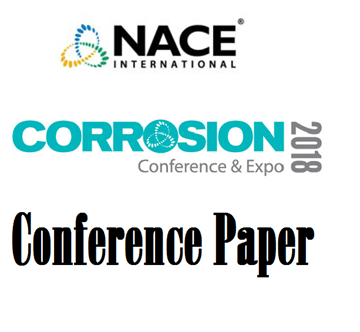Search
Products tagged with 'hvac'
View as
Sort by
Display
per page
03705 A User-friendly Simulation Software for AC Predictive and Mitigation Techniques
Product Number:
51300-03705-SG
ISBN:
03705 2003 CP
Publication Date:
2003
$20.00
10114 Manage Pipeline Integrity by Predicting and Mitigating HVAC Interference
Product Number:
51300-10114-SG
ISBN:
10114 2010 CP
Publication Date:
2010
$20.00
51318-11231-Effects of Seasonal Variation on AC Interference and Mitigation Design
Product Number:
51318-11231-SG
Publication Date:
2018
$20.00
51318-11285- Minimizing HVAC Interference on Pipelines Through Transmission Line Design Optimization
Product Number:
51318-11285-SG
Publication Date:
2018
$20.00
51318-11563- Electric Transmission Tower Corrosion Analysis Tool
Product Number:
51318-11563-SG
Publication Date:
2018
$20.00
51318-11659-Mitigating Pipeline AC Interference Using Numerical Modeling & Continuous AC Voltage Monitoring
Product Number:
51318-11659-SG
Publication Date:
2018
$20.00
Effective Pipeline Corrosion Monitoring in Regions Impacted by External DC Polarization Factors
Product Number:
51324-21132-SG
Publication Date:
2024
$40.00
Interaction of a Faulty AC Power Conditioning Capacitor Bank with Welded Steel Pipeline
Product Number:
51321-16221-SG
Publication Date:
2021
$20.00
TR46107-2020 “Control of Corrosion, Deposition, and Microbiological Growth in Heating, Ventilation, and Air Conditioning Recirculating Water Systems in Buildings”
Product Number:
TR46107-2020
Publication Date:
2020
$109.00









